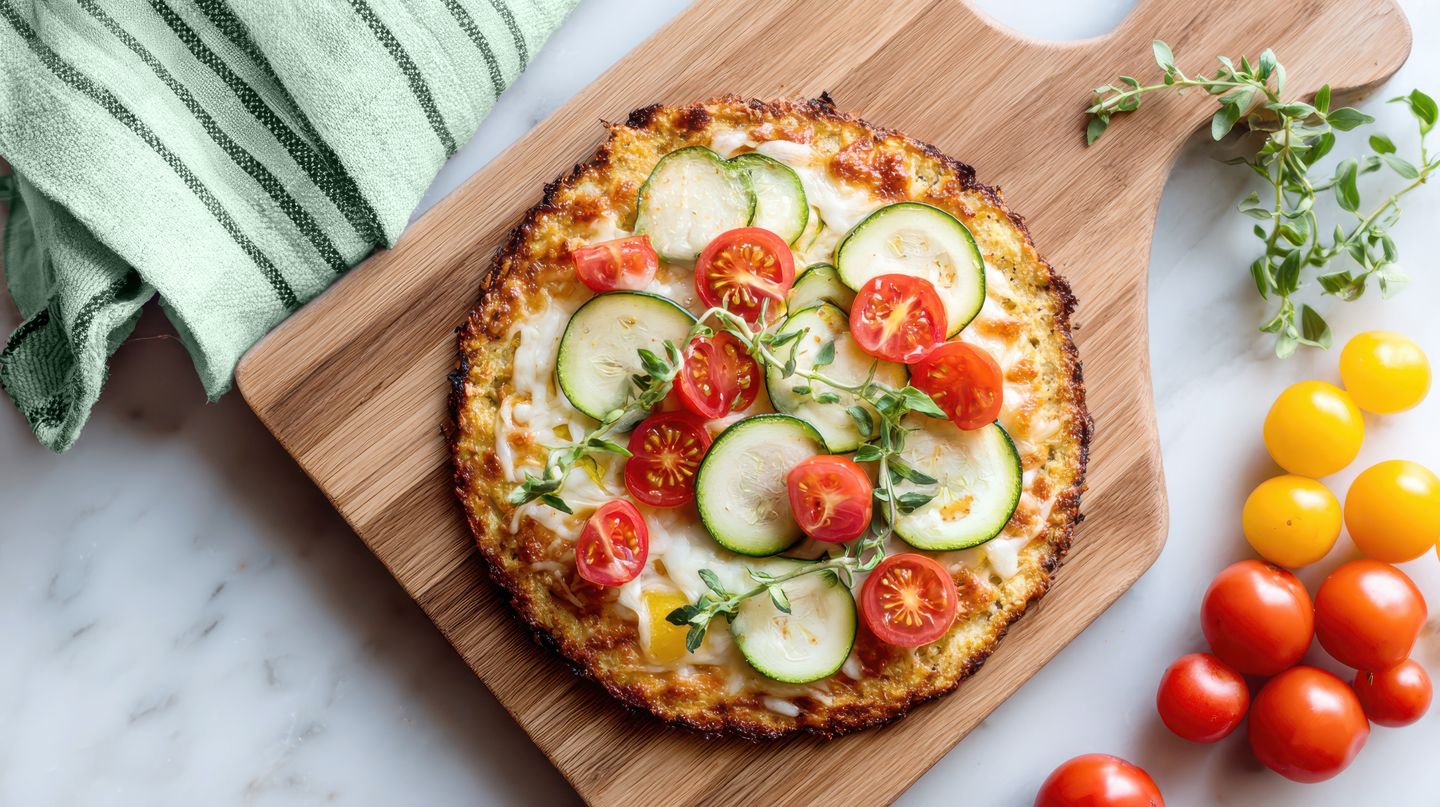Insulin dosing for pizza requires some strategy and careful blood sugar monitoring. Meals that have higher amounts of fat and protein may require more insulin or different timing than those that do not.
“The combination of the carbs in the pizza crust and the high-fat cheese or meat toppings requires a delayed bolus of insulin because this combo of carbs, protein, and fats will have a delayed rise in blood glucose,” says Toby Smithson, RDN, the senior manager of nutrition and wellness at the American Diabetes Association.
Howard adds: “I have seen patients require more units of insulin that cover the same carb amount with the high fat and protein content.”
“Consider delivering a portion of your bolus dose before eating and the remaining portion over a few hours to account for the slow-digesting fat and protein,” says Howard. This method is sometimes called an extended bolus.
“The extended bolus is a setting on an insulin pump that will give insulin in two doses — an initial dose before eating the meal and then the rest of the dose over a designated period,” says Smithson. She adds that this method is designed to mimic a functioning pancreas that releases insulin as needed.
If you use insulin injections with a syringe or insulin pen rather than a pump, you may be able to use multiple injections instead of just one.
“People who inject insulin can manually use the extended bolus by taking a dose of insulin before eating to cover the carbohydrate in the pizza and a second dose two to four hours after eating to cover the fat and protein in the pizza,” says Smithson.
The exact timing will depend on your own situation, and blood sugar monitoring remains critically important.
“To understand how pizza affects your blood glucose, check it before eating any type of pizza, and then check three to six hours after eating,” Smithson says. A continuous glucose monitor (CGM), which updates with new blood sugar measurements as often as every 60 seconds, is especially useful to learn how your body responds to high-fat and high-protein meals.
Read the full article here




